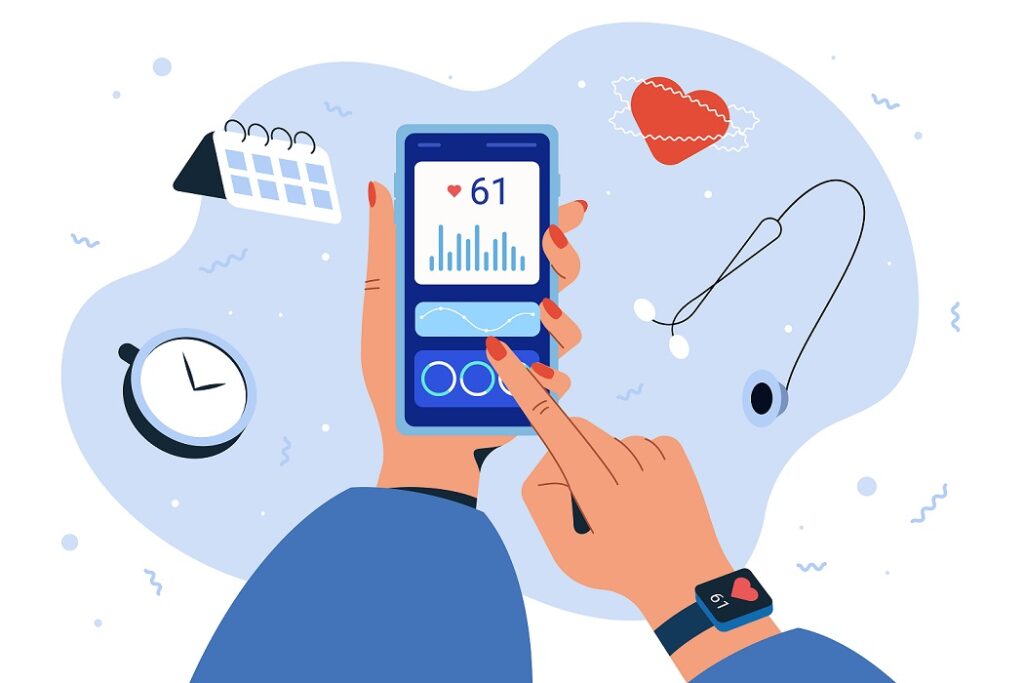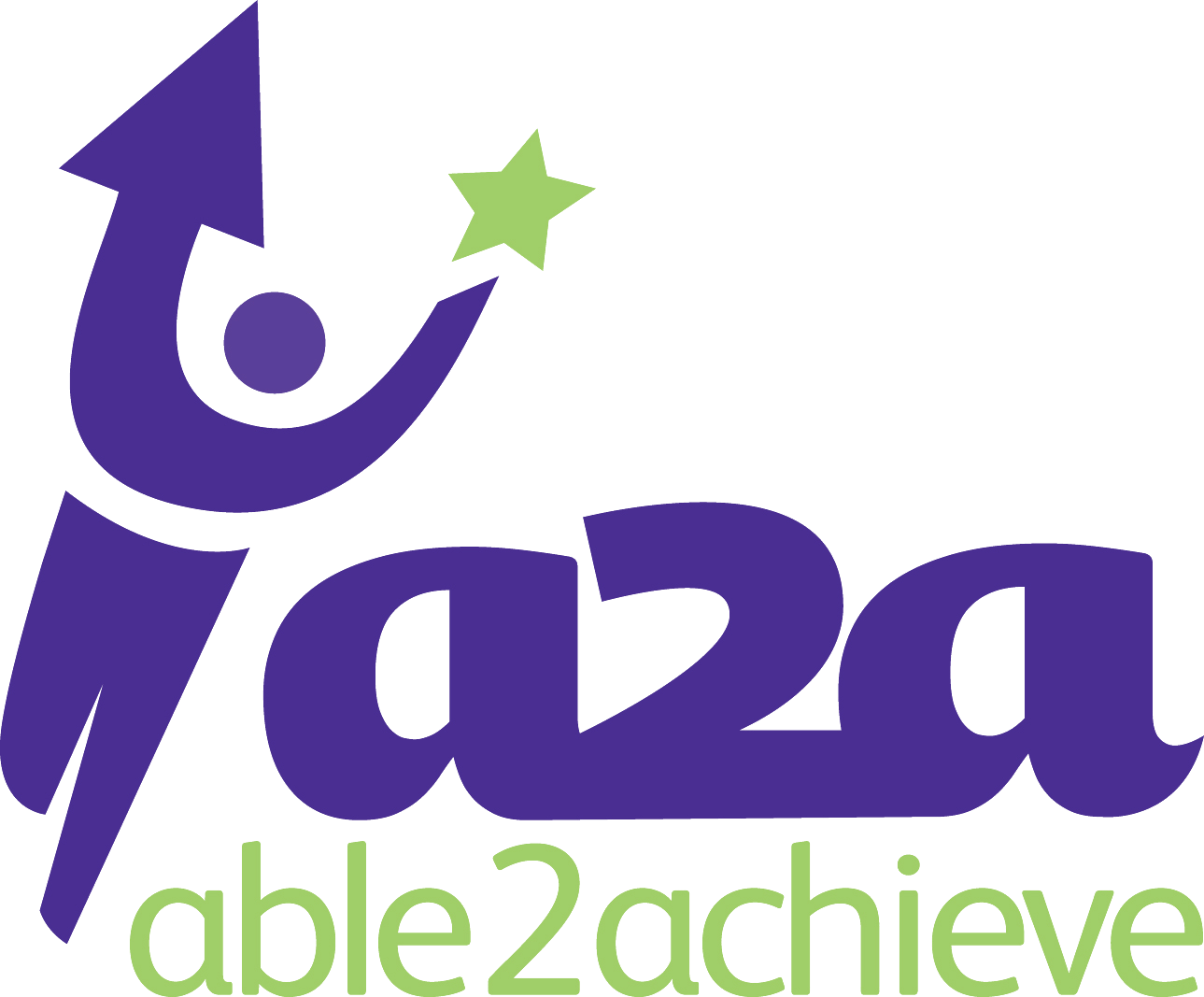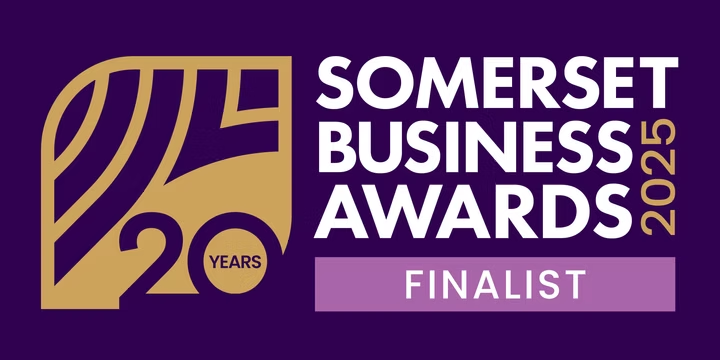
The Challenges of Technology in the Care Sector
Technology has changed nearly every aspect of our lives, often for the better. In industries
like finance, retail, and
even healthcare, digital tools have created incredible efficiencies and improved outcomes.
Yet when it comes to the care
sector, the relationship with technology is far more complicated. While there's a lot of
enthusiasm about what digital
systems can offer, better record keeping, faster communication, more joined-up care, the
day-to-day reality often
doesn't live up to the promise.
One of the most immediate challenges is that the care workforce is incredibly diverse in
both age and experience. Not
everyone is confident with digital tools, and many didn't enter the sector expecting to use
complex systems or navigate
digital portals. When technology is introduced without the right training and support, it
can quickly feel overwhelming.
Worse still, it can add to the stress and pressure of a job that's already emotionally and
physically demanding.
Even when staff are confident using technology, the systems themselves can be frustrating.
Many digital platforms used
in care feel like they've been built for administrators, not frontline staff. They're often
clunky, slow, or packed with
unnecessary features, and they don't always reflect the reality of what it's like to support
someone in their home or in
a residential setting. Rather than saving time, these tools can end up becoming just another
burden, something that
takes carers away from the very people they're there to support.
On top of that, not all care settings have the infrastructure in place to support seamless
digital working. Internet
connectivity, especially in rural areas, is still unreliable in many places. Even in cities,
older buildings can make
Wi-Fi patchy at best. This can be a major headache when staff rely on cloud-based systems
that won't load or update
properly in real time. It's no wonder that some providers still resort to pen and paper for
important records, despite
the push towards going paperless.
Cost is another major hurdle. Technology isn't cheap. Between the licences, hardware,
training, and support, the
investment can be significant. For many care providers, especially smaller, independent
ones, it's simply not
affordable. In a sector where funding is often already stretched, it's understandable that
technology sometimes gets put
on the back burner.
Then there's the human side of things. Change is never easy, and in care, where trust,
routine, and relationships are so
important, it's even harder. Staff can be understandably sceptical when, yet another system
is rolled out, especially if
previous ones have made their jobs harder, not easier. When people feel that technology is
being forced on them without
their input or feedback, it creates resistance. That resistance isn't rooted in laziness or
stubbornness, it's often a
response to real, lived experience.
Another area of concern is data security. Care services handle incredibly sensitive
information, everything from
medication details to deeply personal life histories. Ensuring that this data is stored
securely and used responsibly is
a huge responsibility. It only takes one mistake, or one cyberattack to undermine trust in a
system that people are
already wary of. For many care organisations, especially those without a dedicated IT
department, this can feel like a
risk they're not equipped to manage.
Finally, even when individual systems work well on their own, they rarely talk to each
other. Providers often find
themselves juggling multiple platforms: one for rotas, another for medication, another for
care plans, and another for
reporting. This fragmentation leads to duplication, inconsistencies, and a huge
administrative burden. It's frustrating
for staff and creates room for error, exactly what technology is meant to help
reduce.
None of this is to say that technology has no place in care. Far from it. When it's done
well, digital tools can be
transformative. But the reality is that too often, technology is designed without a deep
understanding of the sector
it's meant to serve. If we want to make real progress, we need solutions that are simple,
human-centred, and created in
partnership with the people who actually use them.
In the end, care is about people. Any technology that supports care needs to respect that.
It should enhance, not
replace, the human touch. It should reduce stress, not add to it. Above all, it should work
for the people on the front
lines, not the other way around.
That said, it would be a mistake to give up on technology altogether. The care sector
doesn't need less technology; it
needs better technology. Tools that are built with empathy, not just efficiency, and
designed in collaboration with the
very people who use them every day. Carers, managers, and learners all have valuable insight
into what works and what
doesn't, and their voices should shape the systems being put in place.?
When the right approach is taken, the benefits are clear. Digital records can improve
continuity of care and reduce
duplication. Smart scheduling can free up more time for meaningful interaction. Remote
monitoring can help people remain
independent for longer, and integrated platforms can give staff a clearer picture of each
individual's needs. It's not
about replacing people, it's about giving them the right tools to do their jobs well, with
confidence and care.
Getting there won't happen overnight, and it won't happen without investment, both financial
and emotional. But the
potential is there. With the right focus, technology can become a powerful ally in care: one
that supports staff,
empowers individuals, and strengthens the quality of services we all want to see.
By Rob Sartin | 15 May 2025
©2025 able2achieve Trust LTD. All Rights Reserved. Registered Charity Number: 1148173

.avif)


